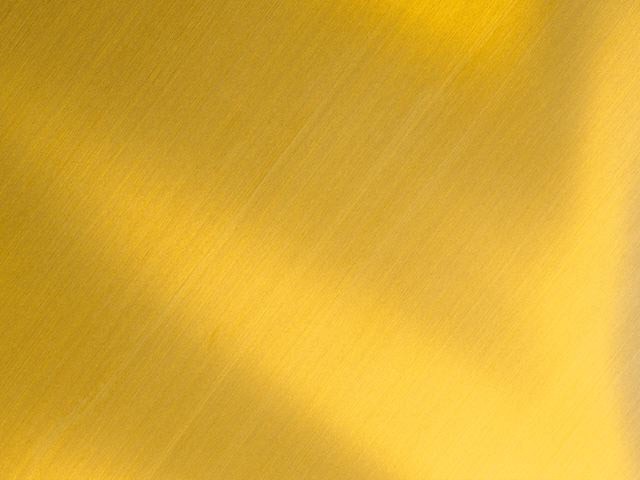A lot of metalworkers and manufactures choose brass over other materials for their projects, and for many good reasons. An alloy of zinc and copper, it is versatile, durable, and resistant to corrosion. It also possesses a gold-like appearance, which is perfect for decorative elements and architectural features.
Brass has been used for thousands of years when copper and zinc were at the peak of their popularity. It’s believed that this metal was discovered purely by accident when ancient metallurgists melted and forged zinc-rich copper. When they saw that the resulting alloy has several beneficial properties, they decided to produce more.
There are four major reasons why metalworkers prefer brass to other kinds of metal:
- Recyclable. Every manufacturer wants to cut down on cost, and brass makes it possible.
- Flexible. It can be used to make everyday objects and structural elements, such as stair railings and countertop covers. A lot of metal parts in watches and clocks are also made of copper.
- Corrosion-Resistant. Although brass easily tarnishes, it doesn’t rust, which is why it is commonly used for making water pipes.
- Workable. Vehicle manufacturers can attest to brass’s workability. It can be formed into different shapes and sizes, an important feature of materials needed to make mechanical parts and tools.
Common Uses of Brass
Industries use brass for numerous purposes. One of this, and perhaps the most common, is for making musical instruments. The first recorded musical instruments made from brass were trumpets and horns. The metal’s impressive malleability and distinct sheen make it perfect for this purpose. The same features also make it a great material for manufacturing decorative fixtures and furniture.
Another use of brass is for making fixtures with fancy engravings. An artform that has been practiced since time immemorial, engraving brass involves carefully cutting grooves into brass sheets or plates. Apart from making ornaments, engraving has also been done to aid communication by cutting texts or images, create symbolic items, and many more.
Brass is known for its antimicrobial properties, which it owes to its copper content. It’s no wonder this is the material of choice for makers of water pipes and storage systems. Because brass is also corrosion-resistant, systems that are made of it are expected to last for decades, reducing if not completely eliminating the need for replacement.
Brass Alloys and Forms
- Naval Brass. Belonging to the Alpha Beta or Duplex category, this brass is harder than other brass alloys. It is originally made for seawater service applications because it can resist corrosion caused by salt.
- Leaded Brass. This is a type of brass that is used for making intricate machine parts primarily due to its high machinability and atmospheric corrosion resistance. It owes this amazing characteristic to lead, which acts as a microscopic chip breaker and tool lubricant.
- Brass Angles. Brass can be made into angle bars, which are used for making furniture frames and tendons.
- Brass extrusion. It is applicable in different places such as electrical fixtures, hinges, gates, decorative fixtures and handrails, and railings.
Brass possesses virtually all the properties you will need for making a high-quality structure. Whether it’s something big like a couple-storey building or a small one like a storage rack, brass can play its part really well. This metal can provide sufficient compressive and tensile strength, which any structure needs for stability.
As the market for brass continues to expand, finding the right supplier becomes more challenging. Still, you need to choose a supplier that will work for you if you want your project to succeed. Go for one that has a good reputation and is selling brass at an affordable price. Suppliers like Rotax Metals that have been in the business for many decades are your best bet.
Sources:
Facts to Know About the Metal Brass, eHow.com
Leaded Brasses, Copper.org


